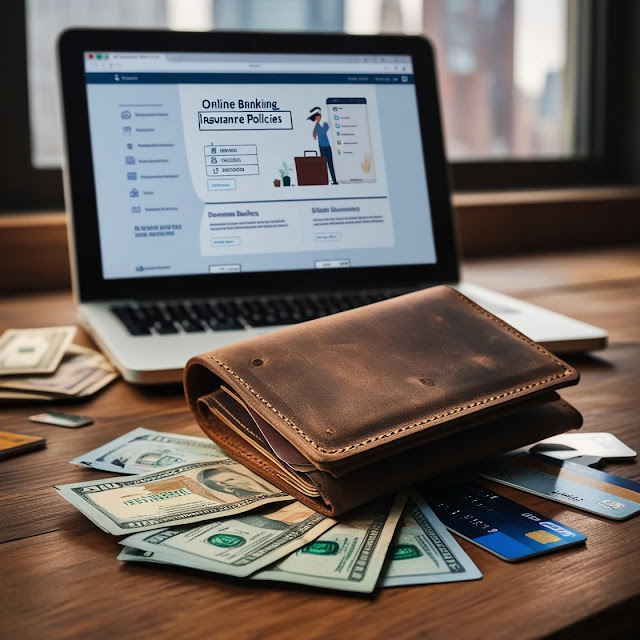NFTs and Cybersecurity: Protecting Digital Assets
Non-fungible tokens (NFTs) have revolutionized the digital landscape, offering a way to tokenize and trade assets online. However, with this new frontier comes the need to address critical cybersecurity risks. Protecting your digital assets from potential threats is vital to ensure the longevity and safety of your NFT investments. This article explores the intersection of NFTs and cybersecurity, providing strategies and insights to help secure your valuable digital assets.
 |
| NFTs and Cybersecurity: Protecting Digital Assets |
The Importance of Cybersecurity in the NFT Ecosystem
As NFTs become more popular, the need for effective cybersecurity measures increases. NFTs, being digital assets stored on blockchain networks, are susceptible to various cyber threats such as hacking, phishing, and malware attacks. The decentralized nature of blockchain technology does provide some security benefits; however, it is not foolproof. Ensuring strong cybersecurity practices is critical to avoid the loss or compromise of valuable NFTs.
Common Cyber Threats to NFTs
The NFT space faces numerous cyber threats that target both individual users and platforms. Phishing attacks, where hackers trick users into providing private keys or sensitive information, are a prevalent issue. Malicious actors may also exploit smart contract vulnerabilities to access NFTs or redirect payments. Additionally, weak password management and the lack of two-factor authentication (2FA) can open doors to cybercriminals.
Protecting NFTs Through Secure Wallets
To protect your NFTs, it is essential to store them in secure, trusted wallets. Hardware wallets, which store your private keys offline, are one of the most secure options available. These wallets act as a physical device and ensure that even if your computer is compromised, your NFTs remain safe. Software wallets can also be secure, but it is critical to choose those with robust security features such as encryption and 2FA.
Blockchain Vulnerabilities and How They Affect NFTs
Despite the robustness of blockchain technology, vulnerabilities still exist. Some blockchains may experience weaknesses such as 51% attacks, where malicious miners control the majority of the network's computing power, potentially altering transactions and stealing NFTs. Moreover, bugs in smart contracts can lead to NFTs being stolen or manipulated. Regular audits and using well-established blockchains can mitigate these risks.
Best Practices for Securing NFTs
To ensure the safety of your NFTs, follow these best practices:
- Use hardware wallets to store NFTs securely offline.
- Enable two-factor authentication (2FA) on all accounts.
- Be cautious of phishing emails or messages that ask for sensitive information.
- Regularly update your wallet software to patch any vulnerabilities.
- Avoid using public Wi-Fi when accessing NFT platforms.
The Role of Regulations in NFT Security
As the NFT market continues to grow, governments and regulatory bodies are taking a closer look at how to protect consumers. Regulations around data protection, anti-money laundering (AML) laws, and know-your-customer (KYC) procedures can provide a more secure environment for NFT transactions. However, the regulatory landscape is still evolving, and staying informed about new rules is critical to ensure compliance and protection of assets.
What should I do if my NFT is stolen?
If your NFT is stolen, act quickly by contacting the platform where the transaction occurred and report the theft. Some NFT platforms have recovery processes, although results may vary. Additionally, consult with blockchain experts who may assist in tracking and recovering stolen assets.
How can I avoid smart contract vulnerabilities?
To avoid smart contract vulnerabilities, always work with reputable platforms and developers. Smart contracts should be audited by third-party firms to ensure their security. Additionally, regularly monitor the contract’s performance for any anomalies.
Is two-factor authentication necessary for NFT platforms?
Yes, two-factor authentication (2FA) is highly recommended for securing your NFT platforms. It adds an extra layer of protection, making it more difficult for unauthorized individuals to access your account even if they obtain your password.
Are NFTs safe from hacking on decentralized platforms?
Decentralized platforms do offer a level of security due to their distributed nature, but they are not entirely immune to hacking. Cybercriminals can still target users directly or exploit flaws in smart contracts. It is important to use secure wallets and follow security best practices.
Can I insure my NFTs?
Yes, some companies offer insurance for NFTs, providing coverage in case of loss, theft, or hacking. However, this is a relatively new field, and not all insurance providers cover NFTs, so it's important to research your options thoroughly.
Conclusion
In conclusion, as NFTs continue to gain popularity and reshape digital ownership, it is essential to prioritize cybersecurity. Protecting digital assets involves a combination of secure wallets, awareness of common threats, and adherence to best practices such as enabling two-factor authentication and staying updated with software patches. By understanding and addressing the risks, NFT holders can enjoy the benefits of this exciting digital frontier while minimizing their exposure to cyber threats.





